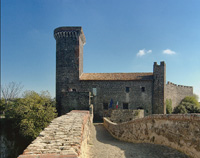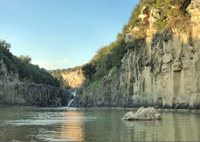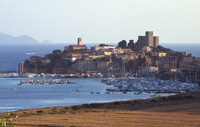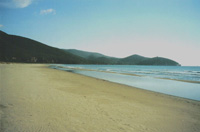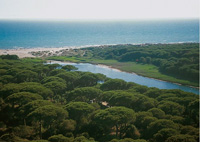The Tagliata Tower, or the Puccini Tower |
The historical complex of the Tagliata Tower, or the Puccini Tower, is an historical landmark in this area and sits directly on the beach.
|
| Puccini died of complications of throat cancer treatment before completing Turandot, although he left dozens of pages of notes for its end. At its premiere at La Scala on April 25, 1926, a year and five months after his death, Toscanini put down his baton in the middle of Act III and said to the audience, “Here the opera ends because at this point the Maestro died.” What lives on to this day is Turandot’s most famous aria, Nessun Dorma:
|
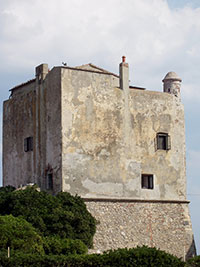 The Puccini Tower [Photo Matteo Vinattieri] |
||
| Puccini composed in Torre del Lago his main operas, among which Tosca (1900), Madama Butterfly (1904), La Fanciulla del West (1910), La Rondine (1917) and Il Trittico (1918). The Puccini Festival in Torre del Lago is the only one in the world dedicated to the composer Giacomo Puccini. It takes place every summer during the months of July and August. A deep love lasting over thirty years linked Giacomo Puccini to the charming hamlet of Torre del Lago, which then was then renamed Torre del Lago Puccini to the pride of all its inhabitants. Events in Tuscany | The Puccini Festival |
|||
|
Lago di Burano and Tombola di Feniglia | Walking in Tuscany, itineraries between sea and mountains Tombolo di Feniglia |
|||
This protected area, the Tombola di Feniglia, is known for its long sandy beach lined with pines and protected lagoons for birds including herons, pink Flamingos and Corsican Seagulls.
|
|||
|
|||
|
|||
Album Cosa | Galería fotográfica
|
||||
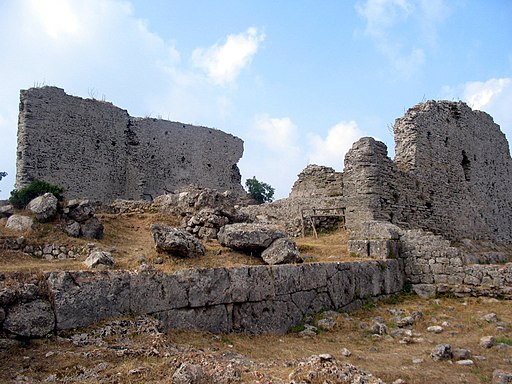 |
 |
 |
||
| Capitolium - front, Cosa | La porta di Cosa
|
Vista da Cosa verso la costa di Vulci | ||
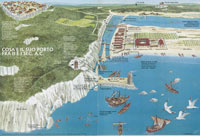 |
 |
 |
||
Map of Cosa, second century BCE
|
Cosa, celle | Cosa, porta | ||
Tuscan farmhouses | Podere Santa Pia |
||||
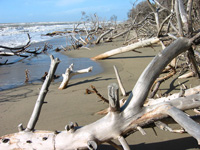 |
||||
Vulci, Castello della Badia |
The oasis Vulci extends along the river Fiora, where a water fall has originated a small lake, lago Pellicone, where it is possible to bathe. |
From the sea in a pine wood on the borders of the Parco Naturale della Maremma |
||
Talamone |
Marina di Albarese The most famous part of the Maremma is the Parco Naturale della Maremma, otherwise known as the Parco dell'Uccellina |
Principina a Mare The Ombrone River located along the coast of Maremma Grossetana, where it flows into the Tyrrhenian Sea in Principina a Mare. |
||
Kompass 651 (2005), Maremma, Argentario, Grosseto, Isola del Gigilo 1 : 50 000.
|
||||
|
||||




